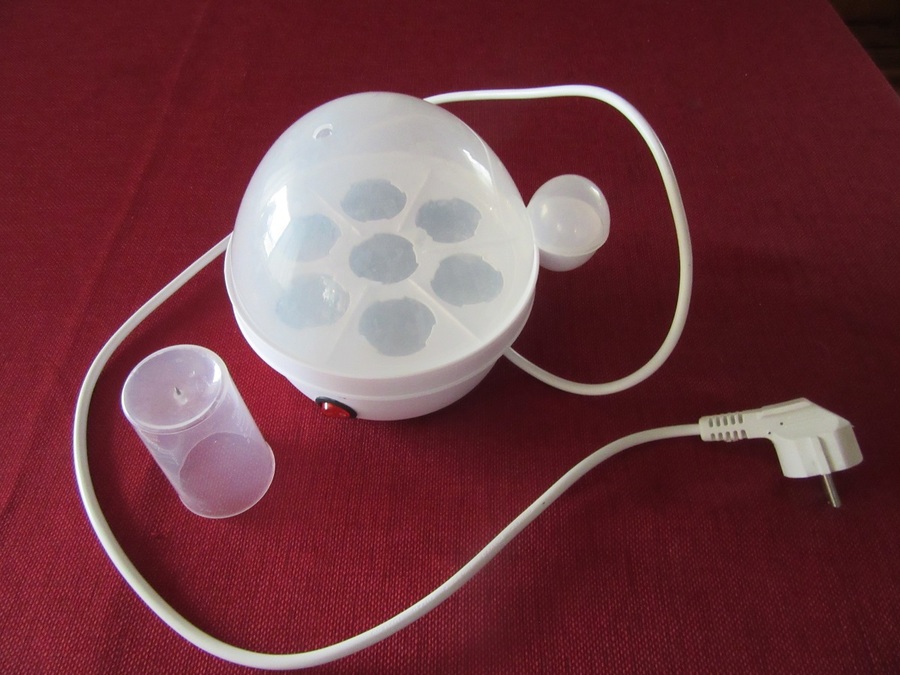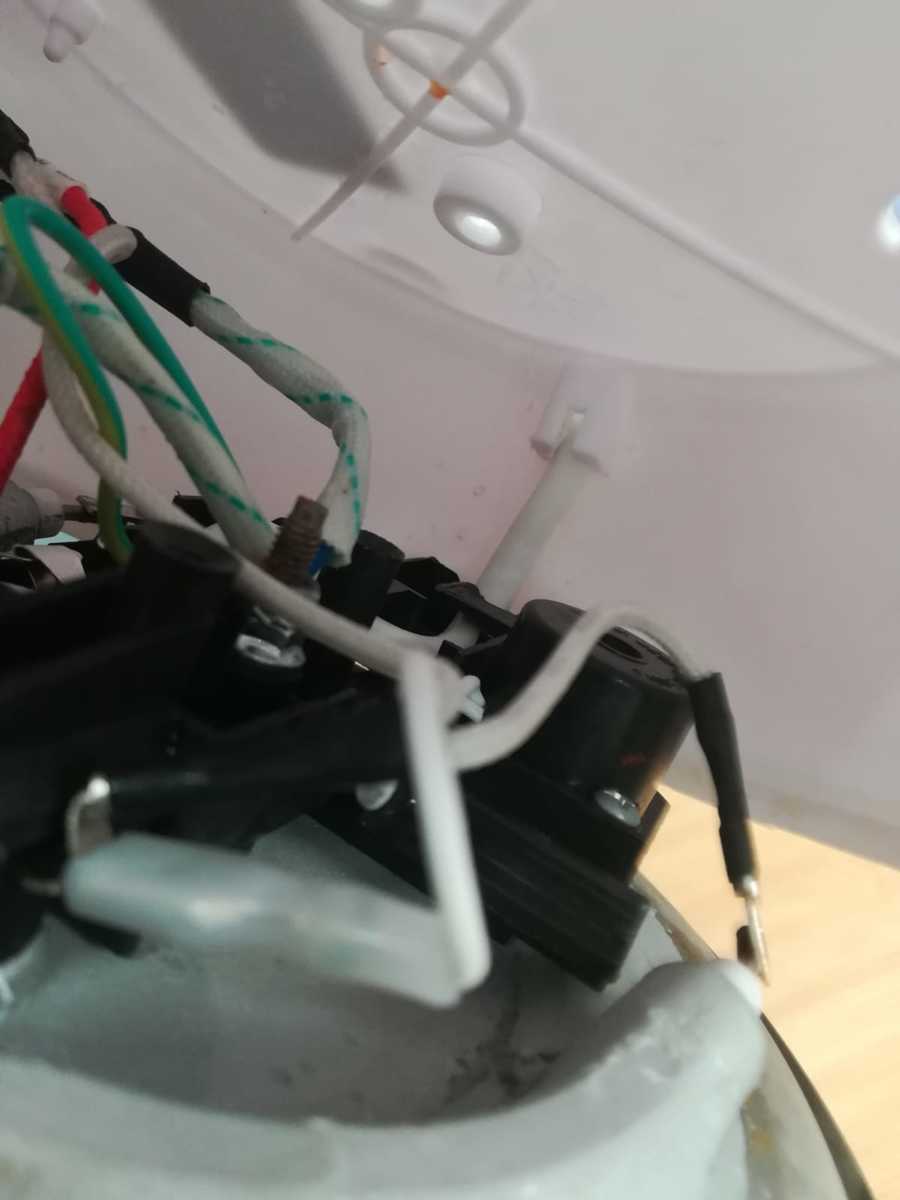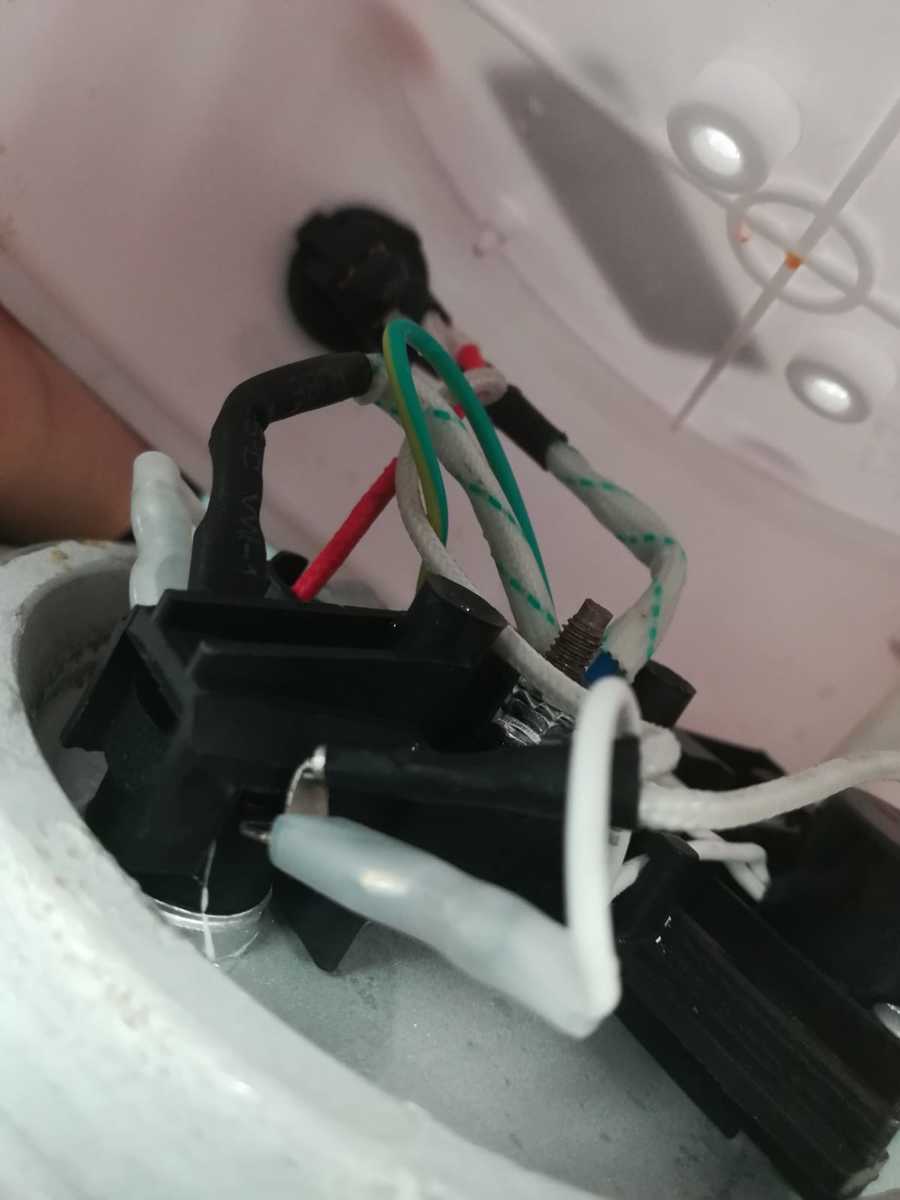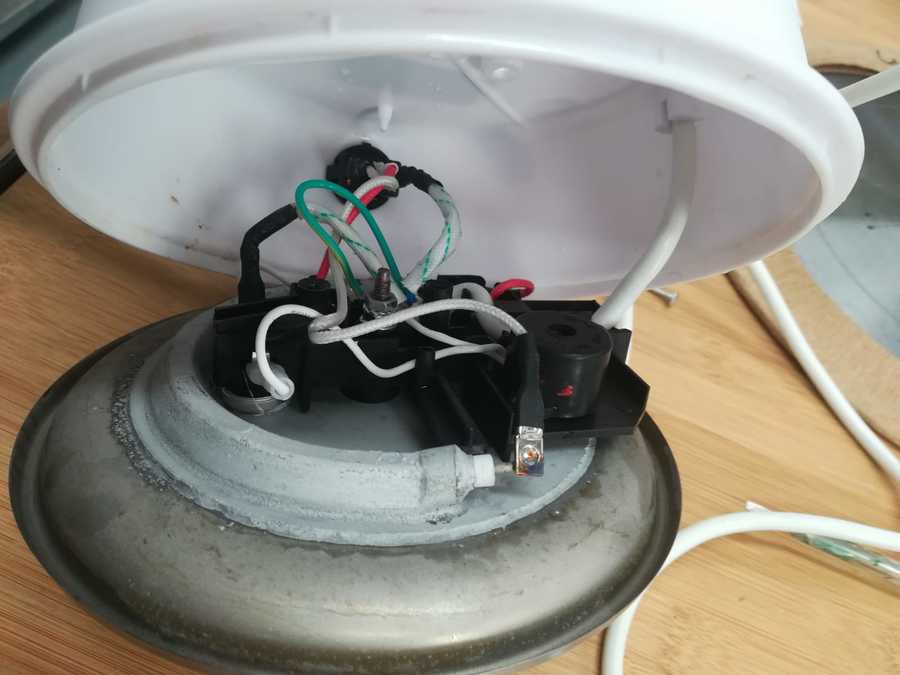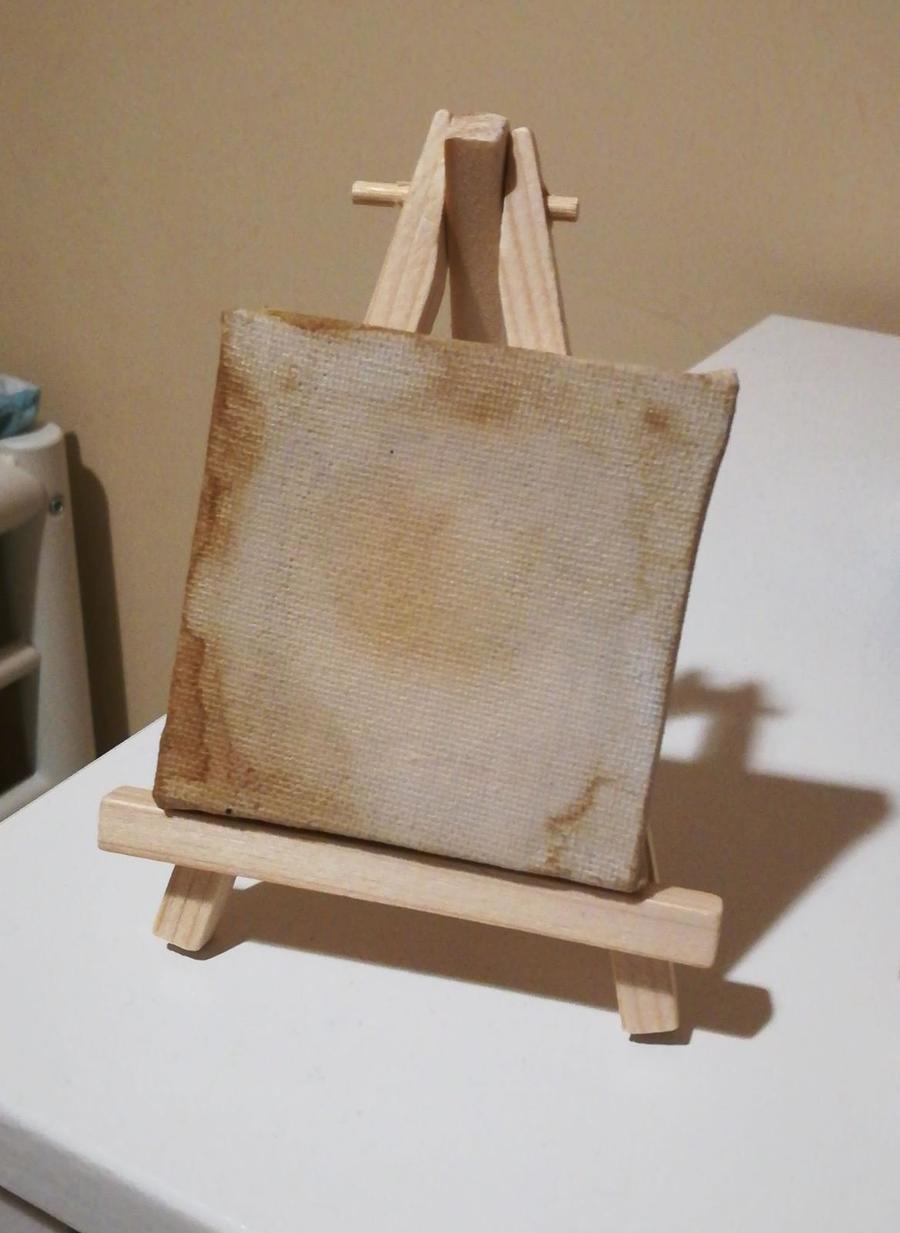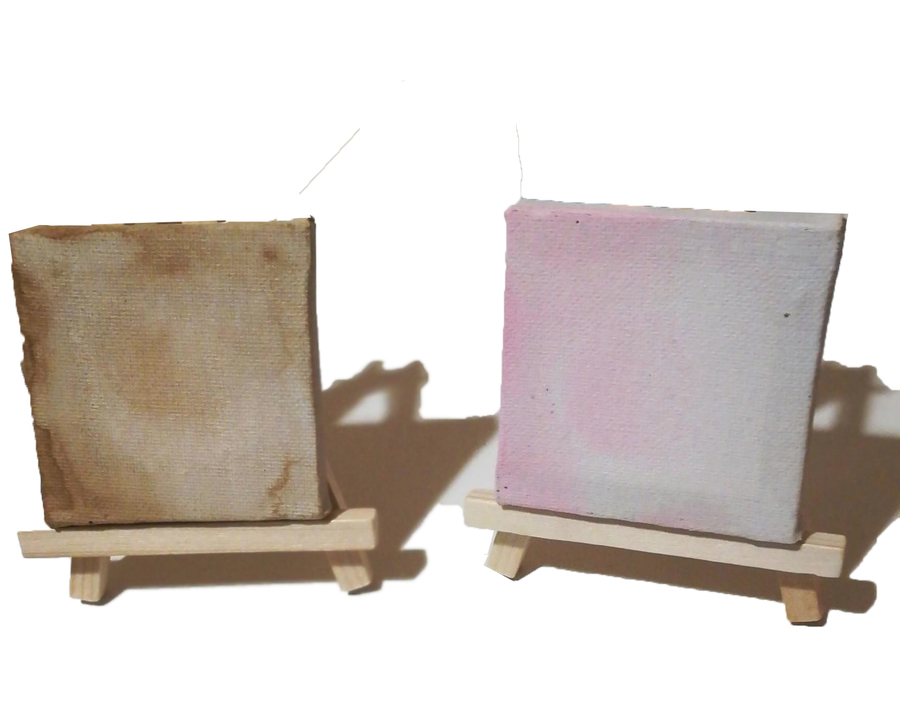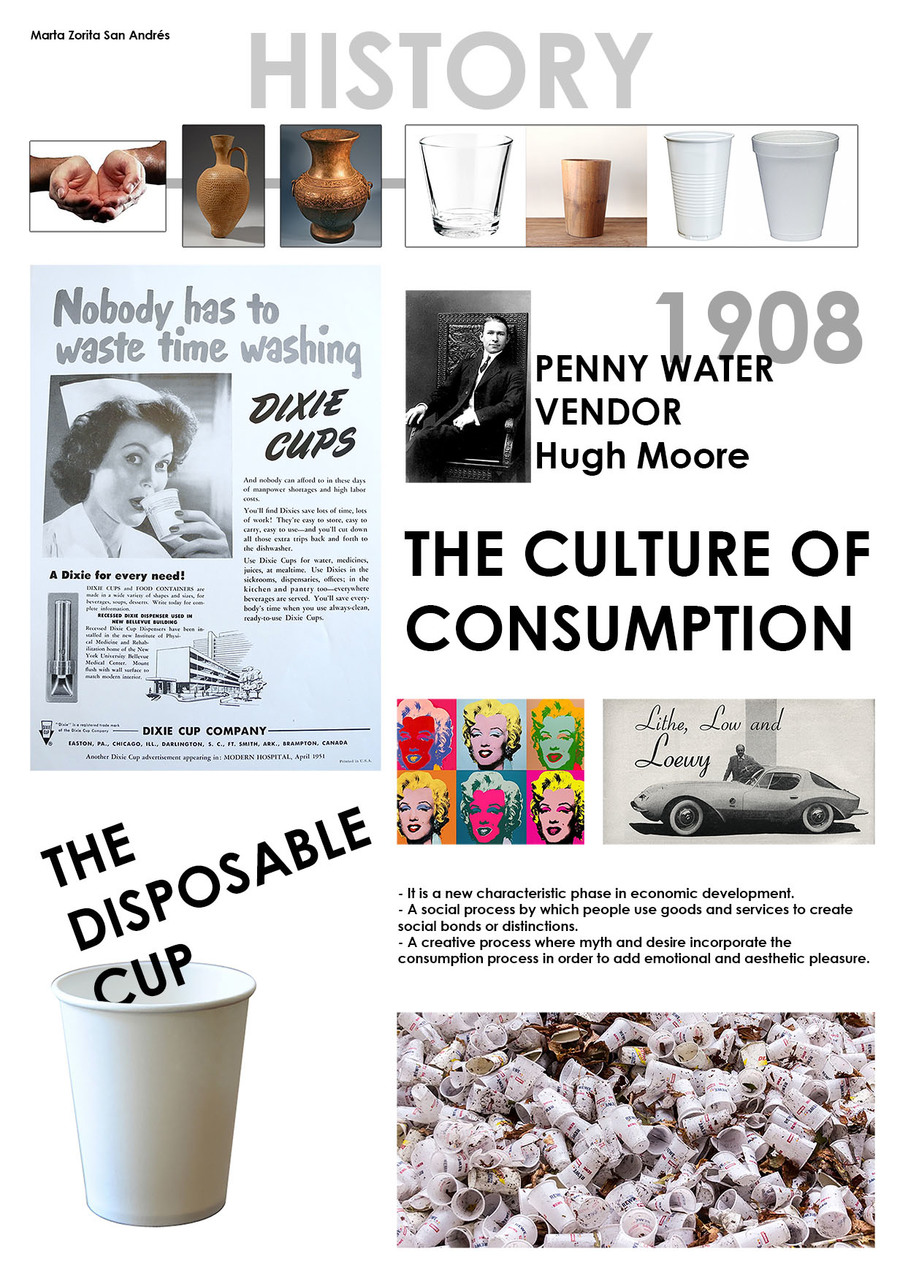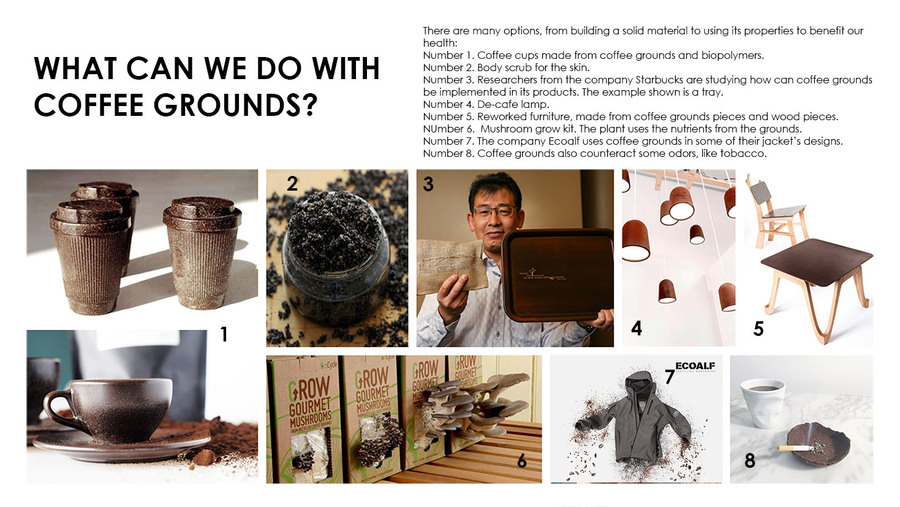Difference between revisions of "User:0975652"
| Line 52: | Line 52: | ||
---- | ---- | ||
| + | [[File:Eggboiler.jpg]] | ||
| + | |||
| + | [[File:Inside1.jpg]] | ||
| + | |||
| + | [[File:Inside2.jpg]] | ||
| + | |||
| + | [[File:Inside3.jpg]] | ||
| + | |||
| + | [[File:Inside4.jpg]] | ||
| + | |||
| + | [[File:Canvas1.jpg]] | ||
| + | |||
| + | [[File:Canvas2.jpg]] | ||
== '''PROJECT 4 : MAPPING THE COFFEE''' == | == '''PROJECT 4 : MAPPING THE COFFEE''' == | ||
Revision as of 10:31, 8 November 2018
Contents
INFO
Marta Zorita San Andrés
0975652@hr.nl
LinkedIn: [1]
Behance: [2]
PROJECT 1 : TRIFI
PROJECT 2 : RE-COFFEE
When we were first looking for a concept, we thought of details we could improve or change in our daily routine. And, for us, coffee is part of this daily routine. So, we wanted to design something involving coffee but, how could it be related to nature?
DIAPO ECONOMIA AZUL
After indulging, we discovered the concept of blue economy, a concept invented by Gunter Pauli. We are going to compare it to the green economy so it is easier to understand. The green economy consist on the fact that buying eco-friendly products is way more expensive than other less healthy options. This healthy products are not affordable in a long-term consumption for most of us, so this is not effective and ends up damaging the planet. Instead, blue economy consists on turning waste into new resources. In this way, we turn poverty into abundance from our homes.
DIAPO CICLO CAFÉ
At this point, Gunter Pauli also mentions the example related to coffee that we are going to use in order to design our concept. We only use the 0.2 % of the coffee, the rest is waste coffee What can we do with the rest? We discovered that with wasted coffee we can grow mushrooms. And then feed the leftovers to animals Animals make manure and bacteria make biogas At the end we get jobs, energy and food
DIAPO CRECIMIENTO HONGOS
1 Break it up and spread it out throughout the coffee. 2 Put the mixture into your cultivation bag and close it up tight, ensuring you have cut air holes 3 Place your bag in a warm and dark place. During the next three weeks,water this area twice daily with water, you will see the micelios come to life and grow across the coffee grounds - turning the whole mixture white so it has fully colonized the mixture. 4 Place it in a spot with plenty of fresh air and a little light 5 After a week or so, you will start to see tiny little mushrooms bursting into life
Finally, we came into the concept of a coffee machine that would grow mushroom at the same time. The mushroom growth compartment is placed under the water tank, so the mushrooms could be watered automatically. After the necessary time for the mycelium to develop, it is taken to a place to finish their growth properly. As a further possibility, we also imagined that the filter to make the cup of coffee could be made out of the mushrooms, so the loop would be closed; the coffee machine would work with the matter it generated.
DIAPO DIBUJOS DE NUESTRO CONCEPTO
DIAPO RENDER FINAL
PROJECT 3 : BOILING ART
PROJECT 4 : MAPPING THE COFFEE
HISTORY AND CONTEXT OF THE DISPOSABLE COFFEE CUP
In prehistory, primitive man put his hands together to form a bowl and drink. Later, this would be replaced by horns, fruit hulls, pieces of hollowed wood, until the pottery allowed the development of domestic utensils.The ceramic vessels can be considered the precedents of the cup, until they were replaced by their competence in metal and alloys. Thus, the cups could adopt more varied and luxurious forms with the passage of time. Although during the century the cups were made of wood, metal, vegetable containers (shells), in the 21st century the topical material of manufacture is glass, the material par excellence for the elaboration of glasses. This is reflected in some languages such as English, German or French in which, respectively, the same word is used for glass and glass: glass, glas, verre, respectively. In addition to glass, the cups can be manufactured in different plastics , paper, metal or ceramic. In 1908, Hugh Moore, an American industrial entrepreneur, created the Penny Water Vendor to serve pure and fresh water. The invention consisted of three separate compartments: the upper one for the ice, the medium for the water and one tank for the used cups. One sign recommended that the glasses should not be reused. Some of this devices were installed at strategic points in New York, but nobody bought the water from Moore, whose company established was in danger of disappearing. But his luck changed when a public health official, Dr. Samuel Crumbine, became interested in an unexpected aspect of Moore's invention. At that time, water used to be drunk in public taps with the help of a metal cup that was rarely washed, let alone sterilized. Dr. Crumbine saw in the disposable cups of Moore's invention the key to his health crusade.
That same year of 1908, Kansas passed the first state law to abolish community cups as an essential part of an anti-tuberculosis campaign, supported by the report of a biology professor at Lafayette College, who after placing fragments of several public cups under a microscope had discovered the alarming varieties of germs present there. The sanitary measures were extended to other states. Railroads, schools and offices began to buy disposable paper cups, considered from then on as a guarantee of health.
Currently, they are manufactured in paper, plastic (polypropylene) and foam (expanded polystyrene). Linked to the phenomenon of consumption, they are a common source of household waste.
Consumption is a way of understanding and giving meaning to products. The consumer culture indicates that consuming is a fundamental part of our day to day and cultural values. Mass consumption began after the Second World War in the United States. Movements such as Styling and Pop Design, promote and mobilize consumer culture. Summarizing this concept in a simple way in three points:
- It is a new characteristic phase in economic development. - A social process by which people use goods and services to create social bonds or distinctions. - A creative process where myth and desire incorporate the consumption process in order to add emotional and aesthetic pleasure.
On the other hand, not everything is development. The culture of consumption goes hand in hand with obsolescence and the culture of waste. A point has arrived at which we consume without any reason and more than we should without thinking about the consequences that this can cause the planet. At this point, disposable cups are a big waste problem. It has been estimated that the average household discards about 70 disposable cups each year.
PROJECT 5 : MY CRAFT: WRITTEN ASSIGNMENT
Imagine a situation in which two people in the 18-22 age range first meet each other. A curiosity of that moment is that the same thing always happens. They always ask the same three initial questions. These are:
1. What is your name? 2. How old are you? 3. What do you study?
In my case, the conversation that arose after answering the third question became routine. When they ask me what I study, I answer that I study Product Design. At this point in the conversation, I have found myself over and over again in the situation of having to explain what it is, since it is a little uncomfortable for the other individual to begin to assume that Product Design is the same as studying Engineering Product, or that is the same as Graphic Design. They have even told me that it is the same as Marketing.
I must say that at the beginning I answered a phrase that after so much repetition, I ended up learning it head first. He always answered that "Product Design consists in the creation and development of any tangible product that can be manufactured and launched on the market". It sounds like something out of a dictionary, right?
On the other hand, the more projects I did and the more things I created, I realized that this is not the case. That definition was very incomplete. From that moment, to these people, I answer the truth: that I do not even know what it is. Right now I am taking the time dedicated to writing this text to reflect on what is really Product Design. Product Design is everything and nothing at the same time. It has infinite possibilities and infinite ramifications. It covers anything; ideas, products, experiences, activities, materials ... Truly, the list is infinite.
I do not feel overwhelmed when I see a blank paper, because I know that this paper may be the next project to fall in love with. The beauty of ideas is that they are abstract and that they really are nothing, but potentially they are everything. Its infinite number of possibilities is what attracts me to this career and it is the reason that makes me stay in it and want to shape my future in relation to it.
Like any good product designer, in addition to being clear about my style, I must comply with certain standards that make designs socially and environmentally responsible. This must be taken into account if the design is to be accepted as ethical. If not, you can also design objects such as "Kalashnikov Lamp 47" (image below), which is also completely acceptable, as it plays on the concept of ethics and works as a criticism.
In my case, I feel more inclined to carry out responsible projects in environmental terms. I think that the mentality of people is very varied and complex, so a product related to social problems will be much more difficult to be accepted than another related to environmental problems. No one can deny that you need to take care of the planet.
With this idea in mind and after hearing that coffee can be used as material, my head clicked. I was clear from the start that I wanted to develop something related to this new coffee material. I just loved the idea. What attracts me to this material does not go beyond its possibilities yet to be discovered, and because I like it. It's as if someone who likes tomato spaghetti tries to explain why they like it. They are mere personal preferences.
To carry out a concept with this material, I must identify the tools present in my knowledge and those present in my environment. Among all of them, some of the fundamental ones are 2D and 3D editing programs, design books, manual drawing and drawing techniques and the most useful but undervalued: internet.
These tools are from a technical point of view. Of course, we must take into account other types of tools, which for me are the most effective: the contacts that help me improve my projects with good feedback and help me improve myself as a person. I consider the feedback of the most important; I like to design for what people really need.
These people will usually be of the millennial generation. They are our main consumer, and their most influential feature in the products is their concern for the environmental, cultural and social impact. That is why I choose to develop a sustainable material made with coffee, to go according to the preferences of the user.
Coffee, as a material, still has much development and much potential ahead. The important thing about this project is to create an emotional value around the product linked to sustainability and user awareness. This one, must feel involved, and with little effort, is doing a good action for the ecosystem. They must be aware of the useful life of the product, in addition to the input and output that they cause will influence the product and its environment.
If the case of coffee is investigated as material, it is not something new. There are entrepreneurial companies that have already used it. One of them is Kaffeform (https://www.kaffeeform.com/en/ ), a company in Berlin that produces cups and glasses for coffee, made of coffee. Another is Ecoalf (https://ecoalf.com/es/ ), a Spanish fashion brand known for collecting plastic waste from the ocean and turning it into clothing. With the coffee grounds, they do the same.
This is not only an initiative of entrepreneurs, large companies such as Starbucks are also investigating the possibility of integrating coffee grounds into the utensils of their establishments. (https://news.starbucks.com/news/starbucks-japan-coffee-grounds )
These companies are not only creating new products, they are also making the philosophy of the Blue Economy and the Cradle to Cradle evolve. There are still many steps to go, but the fact that these companies take initiative means that part of the way is advanced by leaps and bounds.
Perhaps, a 100% sustainable future is still a bit far away, but there are other realities that are just around the corner:
- The Internet of things and connectivity in products makes our day to day easier.
- Technology increasingly replaces repetitive and heavy activities.
- Smart Homes and their development are in the spotlight.
- Wearables are gaining ground to the typical accessories of our day to day.
- The DIY movement and 3d printing technology help us easily prototype without limits.
- Business models based on sharing the service (Uber, Airb & b) gain popularity.
- The Economy of experience in products and services is something daily in our lives.
Being then aware of the present, we are not interested in designing what will be in the world in 30 years, but focus immediately on what is down the road.
My idea is to give shape to some of these disciplines using coffee as a base, and that the user carries out an exercise of awareness with the product, its use and its environment. If everyone puts a grain of sand, you can easily build a mountain.
